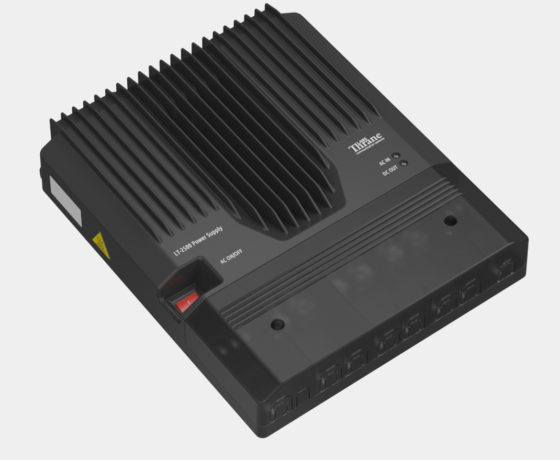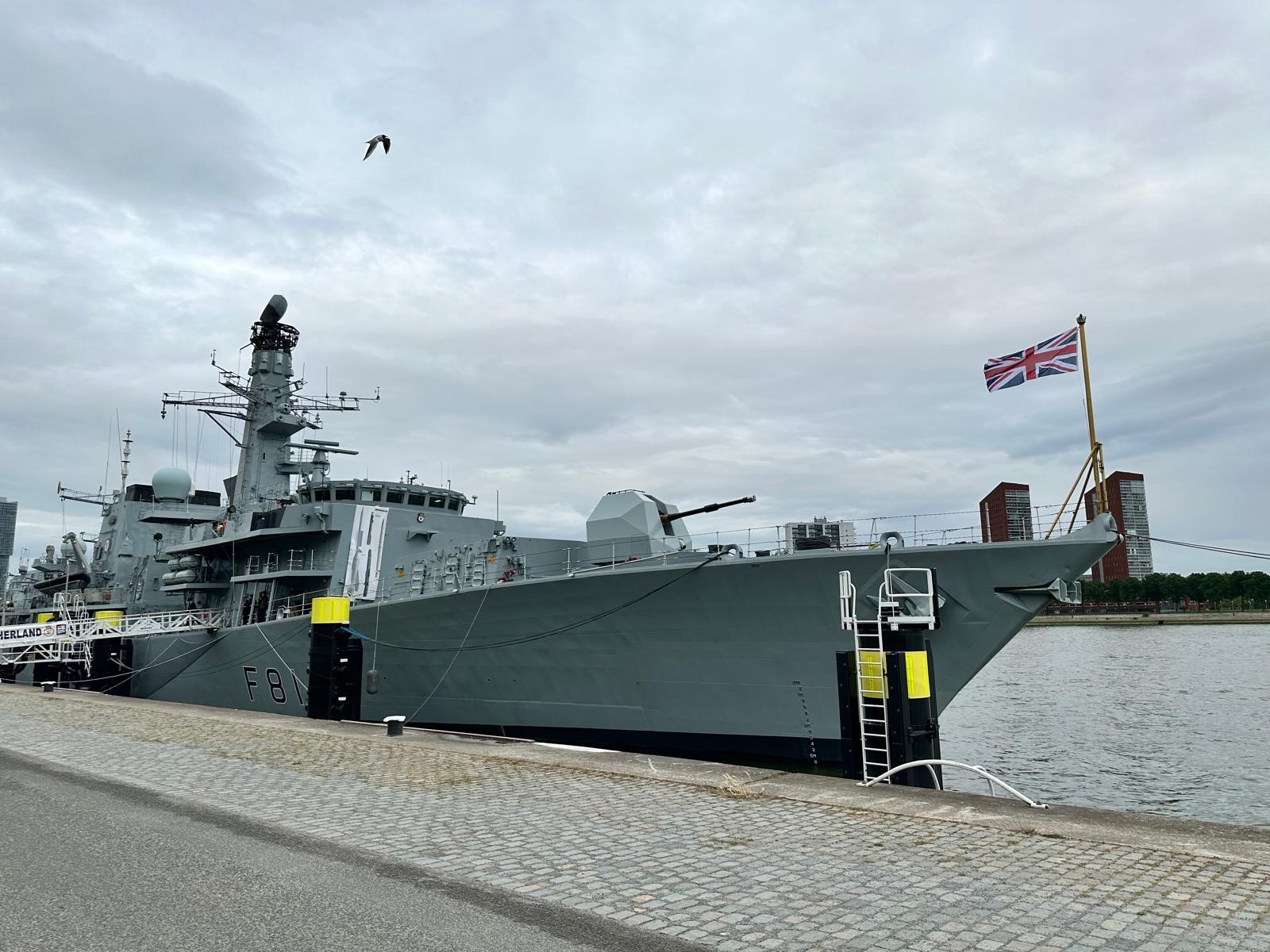In today’s rapidly evolving maritime industry, the ability of to monitor and manage assets remotely has become a critical component of operational efficiency and safety. Remote asset management systems empower maritime organisations to oversee their vessels and equipment in real-time, regardless of their location. This capability is particularly vital for tracking marine traffic, ensuring that fleets operate smoothly, safely, and cost-effectively.
The Importance of Remote Asset Management in Maritime Operations
The maritime sector faces unique challenges due to the vast and often unpredictable nature of the oceans. Vessels operate in remote areas, making it difficult to monitor their status and performance continuously. Traditional methods of asset management, which rely heavily on manual inspections and periodic reporting, can lead to delays in identifying issues, resulting in increased operational costs and potential safety hazards.
Remote asset management addresses these challenges by providing a centralised platform that offers real-time visibility into the status and performance of maritime assets. This approach enables operators to make informed decisions promptly, reducing downtime and enhancing the overall efficiency of marine operations.
Key Features of Effective Remote Asset Management Systems
An effective remote asset management system integrates several key features to ensure comprehensive monitoring and control:
- Real-Time Monitoring: Continuous tracking of vessel location, speed, and heading allows operators to maintain an up-to-date overview of fleet movements.
- Performance Analytics: Monitoring critical parameters, such as engine performance, fuel consumption, and equipment status, helps in identifying inefficiencies and potential issues before they escalate.
- Predictive Maintenance: By analysing historical and real-time data, the system can predict when maintenance is required, preventing unexpected breakdowns and extending the lifespan of equipment.
- Environmental Impact Reporting: Tracking emissions and other environmental metrics ensures compliance with regulations and supports sustainability initiatives.
- Remote Control and Automation: The ability to remotely manage and control certain vessel function reduces the need for on-site interventions and enhances operational safety.
AST Networks Integrated Remote Asset Management System (IRAMS)
We have developed the Integrated Remote Asset Management System (IRAMS) to meet the specific needs of the maritime industry. IRAMS is a cutting-edge software solution designed to revolutionise the way maritime organisations monitor and manage their remote assets.
IRAMS offers a comprehensive suite of features, including live asset performance data, predictive maintenance scheduling, and environmental impact reporting, all accessible through a single, user-friendly platform. Whether a vessel is docked or navigating the open sea, IRAMS provides real-time access to vital information, enabling operators to make informed decisions that enhance efficiency and safety.
Benefits of Implementing IRAMS
Implementing IRAMS in your maritime operations offers several significant advantages:
- Enhanced Operational Efficiency: Real-time monitoring and analytics allow for swift identification and resolution of issues, minimising downtime and optimising resource utilisation.
- Cost Savings: Predictive maintenance reduces the likelihood of unexpected equipment failures, lowering repair costs and extending asset lifecycles.
- Improved Safety: Continuous monitoring ensures that any deviations from standard operating parameters are promptly detected, mitigating potential safety risks.
- Environmental Compliance: Accurate tracking of environmental metrics supports adherence to regulations and promotes sustainable practices.
Associated British Ports’ Digital Transformation
A notable example of successful implementation of digital asset management in the maritime sector is Associated British Ports (ABP). ABP invested £1.5 million in a mobile solution to digitalise asset management across its network of 21 ports. This initiative aimed to enhance the reliability and sustainability of port operations by providing real-time information sharing, enabling well-informed decision-making, and optimising safety and sustainability.
The Future of Remote Asset Management in Maritime Operations
As the maritime industry continues to embrace digital transformation, the adoption of advanced remote asset management systems like IRAMS is set to become standard. These systems not only streamline operations but also provide a competitive edge by enabling organisations to operate more efficiently, safely, and sustainably.
At AST Networks, we are committed to driving innovation in maritime technology. Our IRAMS solution is designed to empower maritime organisations to navigate the complexities of modern marine operations with confidence, ensuring that their assets are always within reach, no matter where they are in the world.
In conclusion, remote asset management is a transformative approach that offers unparalleled benefits for tracking marine traffic and managing maritime assets. By leveraging advanced technologies and real-time data analytics, organisations can achieve greater operational efficiency, cost-savings, and safety, paving the way for a more sustainable and prosperous future in the maritime sector.
For more information, contact us today.





